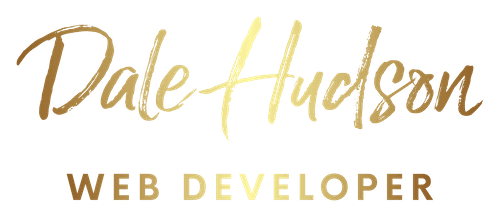Introduction
JavaScript is a critical technology in today’s web development environment. In this blog post, we’ll explore “What is JavaScript and how it is used?” by examining its history, key features, mechanics, pivotal role in web development, and future prospects.
What is Javascript?
JavaScript is a versatile programming language that is primarily used to enhance the interactivity and dynamism of websites. It is the glue that holds web pages’ structure (HTML) and presentation (CSS) together, making them responsive and engaging.
Key Features of Javascript
- Interactivity: It allows for event handling and user input processing, allowing web pages to respond to user actions.
- Dynamism: Developers can create dynamic content using variables, data types, and functions.
- Manipulating the DOM: JavaScript can select, modify, and manipulate elements on a web page.
- Asynchronous Programming: Callbacks, promises, and async/await allow handling asynchronous operations seamlessly.
How Javascript works
When you visit a website, your browser runs JavaScript code, which creates an interactive experience. JavaScript code, such as V8 for Chrome, is processed through a call stack and executed within the browser’s engine.
Javascript vs. Other Programming Languages
JavaScript, unlike HTML and CSS, is a full-fledged programming language. It can run on both the client (browser) and server (Node.js) sides. This adaptability sets it apart from languages like Python and PHP, which typically run only on the server.
Use Cases for Javascript
- Frontend web development: Creating interactive elements, handling forms, and validating user input.
- Backend web development: With Node.js, JavaScript can serve as a server-side language.
- Mobile app development: Using frameworks like React Native, JavaScript can build cross-platform mobile apps.
- Game development: Frameworks like Phaser facilitate game development.
Common Libraries and Frameworks
To simplify and accelerate development, developers frequently rely on libraries like jQuery and frameworks like React, Angular, and Vue.js.
The Future
JavaScript’s future appears bright. ECMAScript updates frequently introduce new features and capabilities. WebAssembly and other technologies are emerging to improve the performance of JavaScript. The language is still at the cutting edge of web development.
Conclusion: “What is Javascript”
Javascript, in a nutshell, is the core of modern web development. Because of its interactivity, dynamism, and versatility, it is an essential tool for creating engaging web experiences. Explore the resources listed below to delve deeper into the world of JavaScript.
Additional Resources
- Mozilla Developer Network (MDN) JavaScript Guide
- Codecademy JavaScript Course
- Eloquent JavaScript by Marijn Haverbeke
Looking for a Full Stack Developer? Contact Me to Discuss Your Project!
I’d be interested in hearing from you if you need a web developer to work on your upcoming project. Whether you require a front-end developer to create a stunning user interface, a back-end developer to build server-side logic, or a full-stack developer to handle everything from start to finish, I have the knowledge and experience needed to produce excellent results. Therefore, don’t be afraid to email me at contact@dalehudson.co.uk if you’re interested in working together or have any questions about my services. I would be delighted to talk with you about potential projects and assist you in realising your visions.

